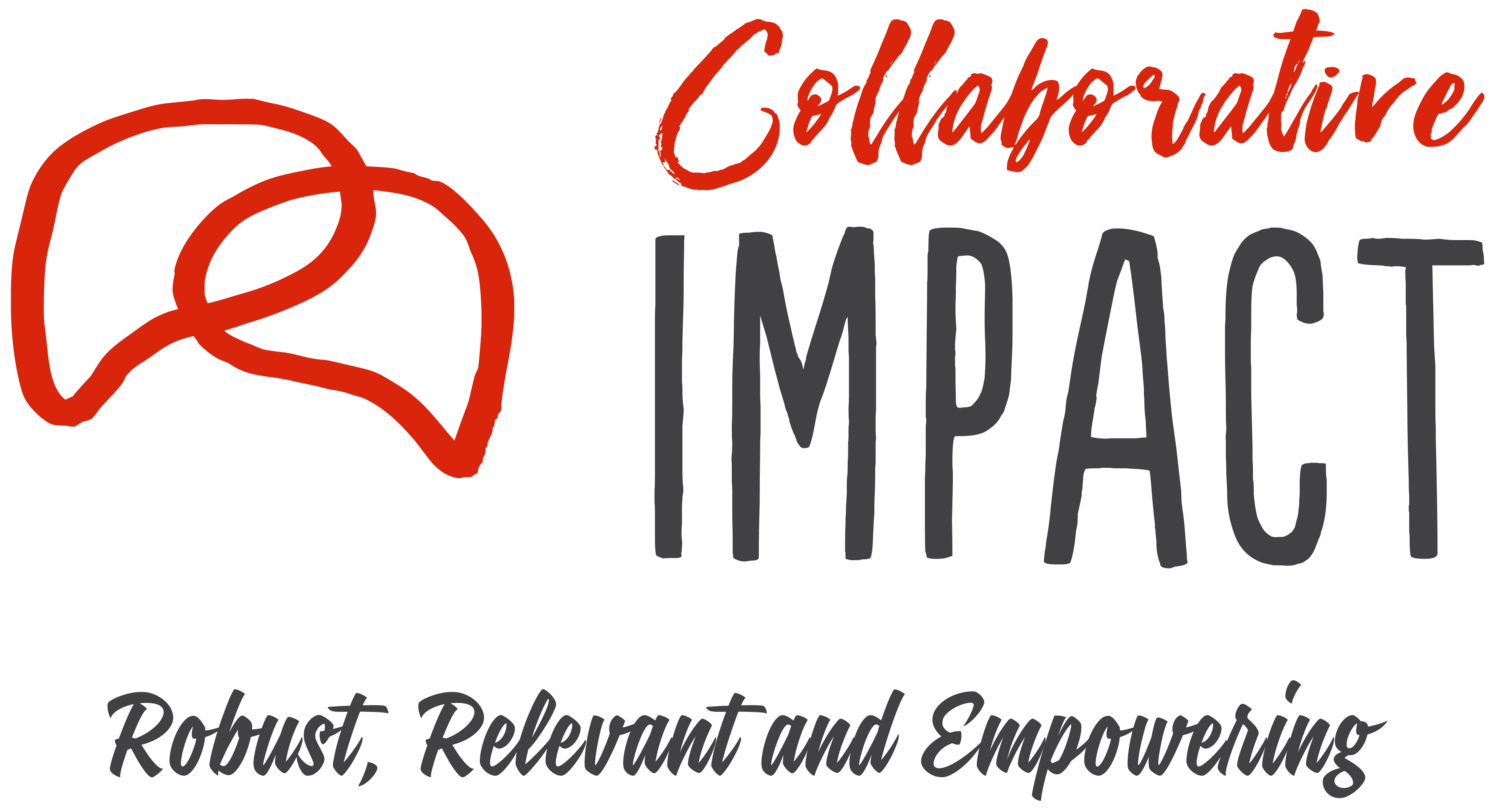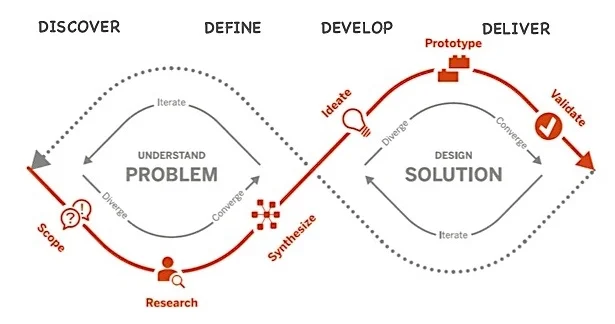4-D Model
The 4-D Model is a method that uses a ‘Design Thinking’ visual approach to addressing complex challenges. This means that analysis, design and intervention in such environments are not separated but merge into a continuous process of trial, learning and adaptation. The 4-D logic enables this.
The 4-D Model comprises four recursive phases
1. DISCOVER through scoping and researching —Develops shared understanding of context, objectives and outcomes, and drafts the initial change hypotheses, through a series of sponsor and stakeholder consultations, or a thorough porttfolio review (depending the client’s needs).
2. DEFINE through identifying and prioritizing the options. Engages partners and key stakeholders in mapping the entire system together (e.g. a value chain system), and discussing and prioritising possible solutions. Part of the process can be a market system mapping, sense-making of findings from an external review, and/or the validation of a Theory of Change for achieving collective impact.
3. DEVELOP solutions through ideating and prototyping. Runs experiments to develop prototype solutions. Approach depends on scope and context —e.g. a sequential iteration of prototypes in smaller and more stable contexts, or parallel experiments to learn about the different configurations that could work in more complex and larger contexts.
4. DELIVER through implementing, testing and validating the solutions. Involves implementation and testing of selected solutions at a larger scale through prolonged action research, and faciliates exchange and learning about the conditions under which the solutions may work (or not).
A similar model to the 4-D Model is “Scan-Focus-Act” used in the Matter Method: 1. scanning of everything there is to create a shared language and understand context and assumptions; 2. simulating alternative scenarios to stress test ideas and identify and prioritise the options; and 3. developing solutions and planning implementation.






